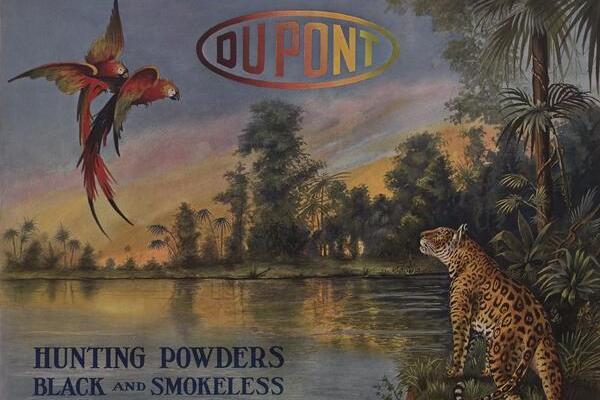
HISTORY HANGOUT: CONVERSATION WITH DEREK VOURI-RICHARD
INDUSTRIAL SEMIOTIC & VISUAL COMPLEXES: A STUDY OF THE UNITED STATES VISUAL CULTURE FROM THE 1880S TO THE 1950S
Twenty-first-century Americans are saturated with visual imagery and punchy messages authored by large organizations. This was not always so. Techniques for standardized mass communication developed in the late nineteenth century, such as photography, inexpensive printing, “magic lanterns,” and motion pictures, offered organization leaders unprecedented means to create shared understandings of facts and symbols across large groups of people. The study of the process by which symbolic meanings are promulgated through social groups is called semiotics, and the period between the 1880s and the 1950s offers the semiotician a rich study of dramatic change.



